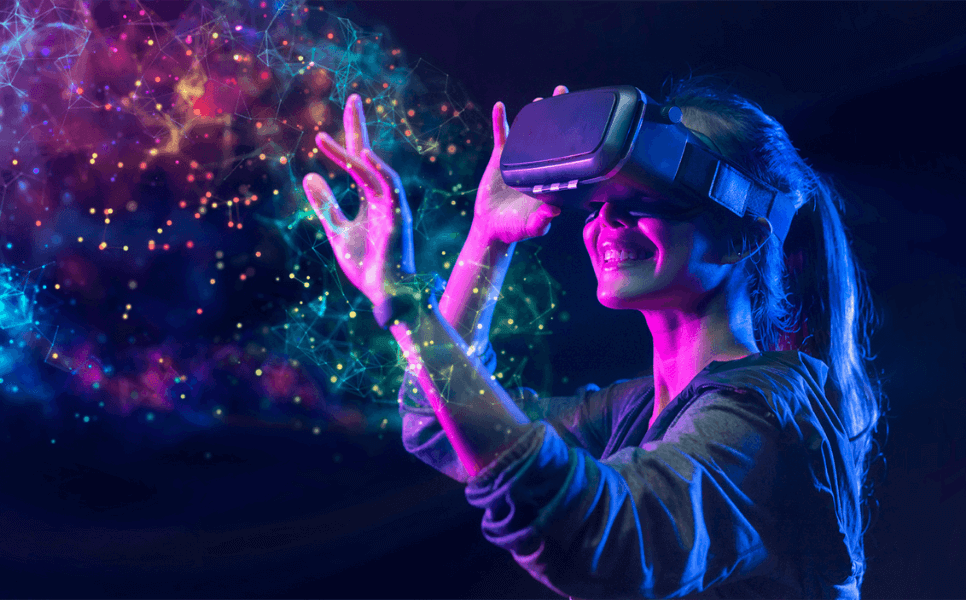
Virtual Reality (VR) is a computer-generated environment that simulates a realistic experience. This experience is often created using a combination of computer hardware and software, providing users with an immersive and interactive environment. In a virtual reality setting, users can explore and interact with the virtual world in a way that mimics real-world experiences.
HMD is a device worn on the head that typically includes a pair of screens (one for each eye) to display the virtual environment. HMDs may also have sensors to track head movements, allowing users to look around and feel like they are present in the virtual space.
Users interact with the virtual environment using input devices such as motion controllers, gloves, or other tools that enable them to manipulate objects and navigate within the virtual world.
Powerful computers or gaming consoles are often required to generate high-quality graphics and perform the calculations necessary for a smooth and realistic VR experience.
Sensors are for tracking the user's movements and gestures, enhancing the sense of presence in the virtual world. There are different sensors, including accelerometers, gyroscopes, and external cameras.
Software
We create VR experiences using specialized software and applications. It can range from games and simulations to training programs and educational content.
By providing a realistic experience using a computer-generated environment, virtual reality can be applicable in various fields, including gaming, education, healthcare, architecture, and more.
2025 Adline. All rights reserved
